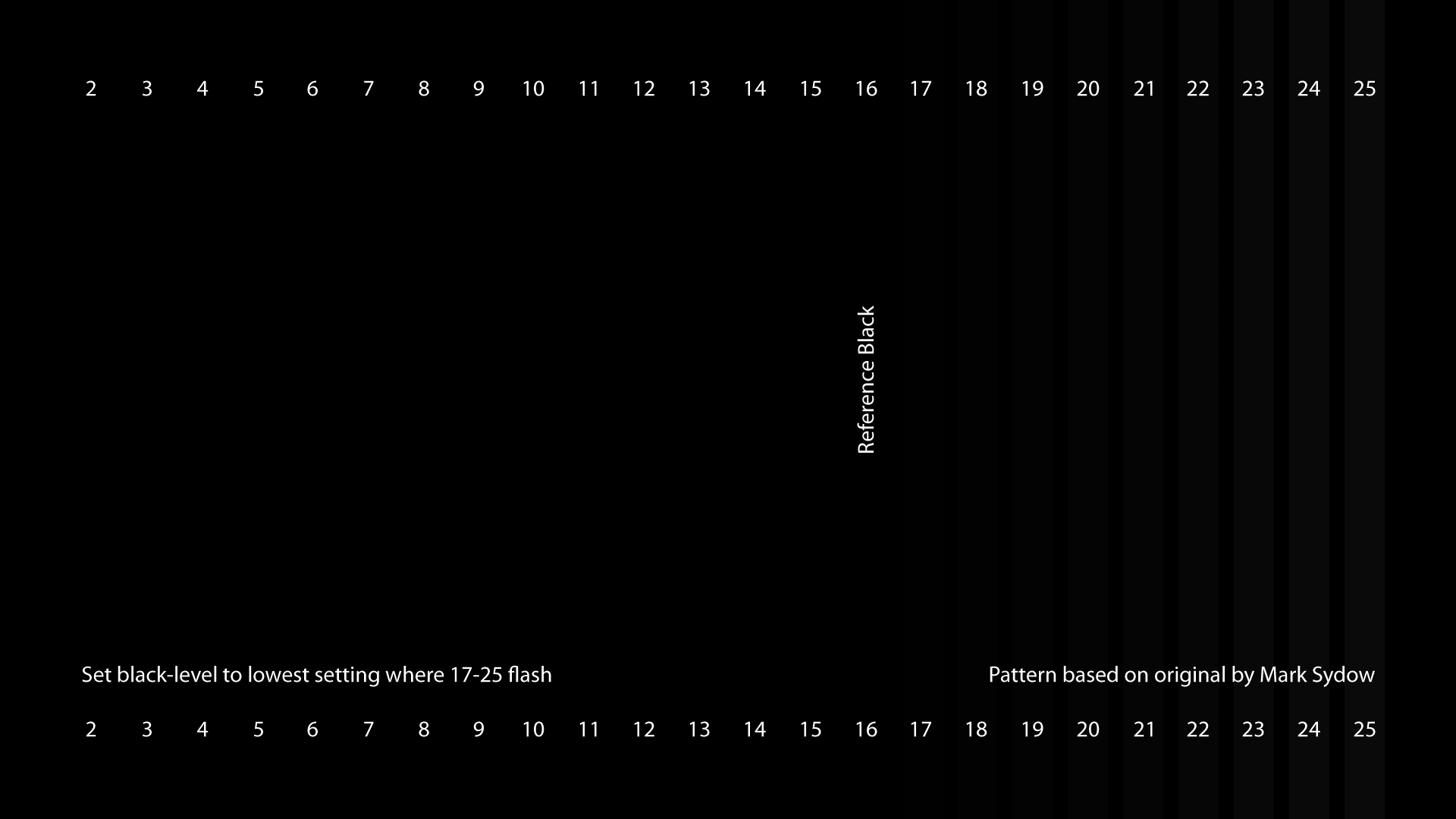

A few monitors capable of 10 bits per pixel are shipping now, too.
:max_bytes(150000):strip_icc()/002_how-to-calibrate-a-touch-enabled-display-in-windows-4582253-5c8a95b846e0fb000146acaf.jpg)
That’s why, if you’re looking at an image with finely shaded color gradations, you may see color banding.Ī dramatic example of color banding illustrates how important it is to own a monitor with better color depth.You really want a monitor with a color resolution of 8 bits per pixel, since such a display is capable of showing over 16 million simultaneous colors. Such displays simulate higher color depths via dithering–a process that digitally simulates greater color depths than are really available. With three pixels representing the red, green, and blue primary colors, this means the number of simultaneous colors on screen is limited to 262,144. The response time of TN displays can be fast, but most of these monitors are limited to a color depth of 6 bits per pixel.

Most low-cost LCD screens use TN (twisted nematic) technology. At first blush, it’s a great time to be a computer user: Big, bright displays with very fast response times cost a couple hundred dollars. Before diving into the minutiae of monitor calibration, I’ll talk a bit about displays themselves.


 0 kommentar(er)
0 kommentar(er)
